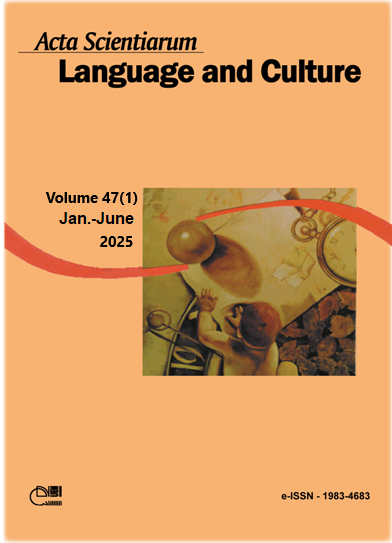Between ruins and abysses: the memory of the Holocaust and the modern metropolis through the eyes of Anselm Kiefer and Gonçalo M. Tavares
Abstract
This article analyzes, in a comparative perspective, the novel Uma menina está perdida no seu século à procura do pai, published by portuguese novelist Gonçalo M. Tavares (2015), and two paintings from the Lilith Series, by German painter and sculptor Anselm Kiefer, made from 1980 to 1990. Starting from the hypothesis that both Kiefer and Tavares conceive the physical space in their works as allegories for modernity, mobilizing elements that aesthetically represent a western post-war Zeitgeist, drafting comments on the Holocaust and its sociocultural consequences. In order to do this, we will use a comparativist approach in literary studies in constant intersection with history and philosophy. Therefore, our argument is built based on the concepts of modernity (Benjamin, 2021) and postmodernity (Hutcheon, 1991) to connect relations made between form and content of the works selected this research’s corpus.
Downloads
DECLARATION OF ORIGINALITY AND COPYRIGHTS
I Declare that current article is original and has not been submitted for publication, in part or in whole, to any other national or international journal.
The copyrights belong exclusively to the authors. Published content is licensed under Creative Commons Attribution 4.0 (CC BY 4.0) guidelines, which allows sharing (copy and distribution of the material in any medium or format) and adaptation (remix, transform, and build upon the material) for any purpose, even commercially, under the terms of attribution.
Read this link for further information on how to use CC BY 4.0 properly.




















6.png)









